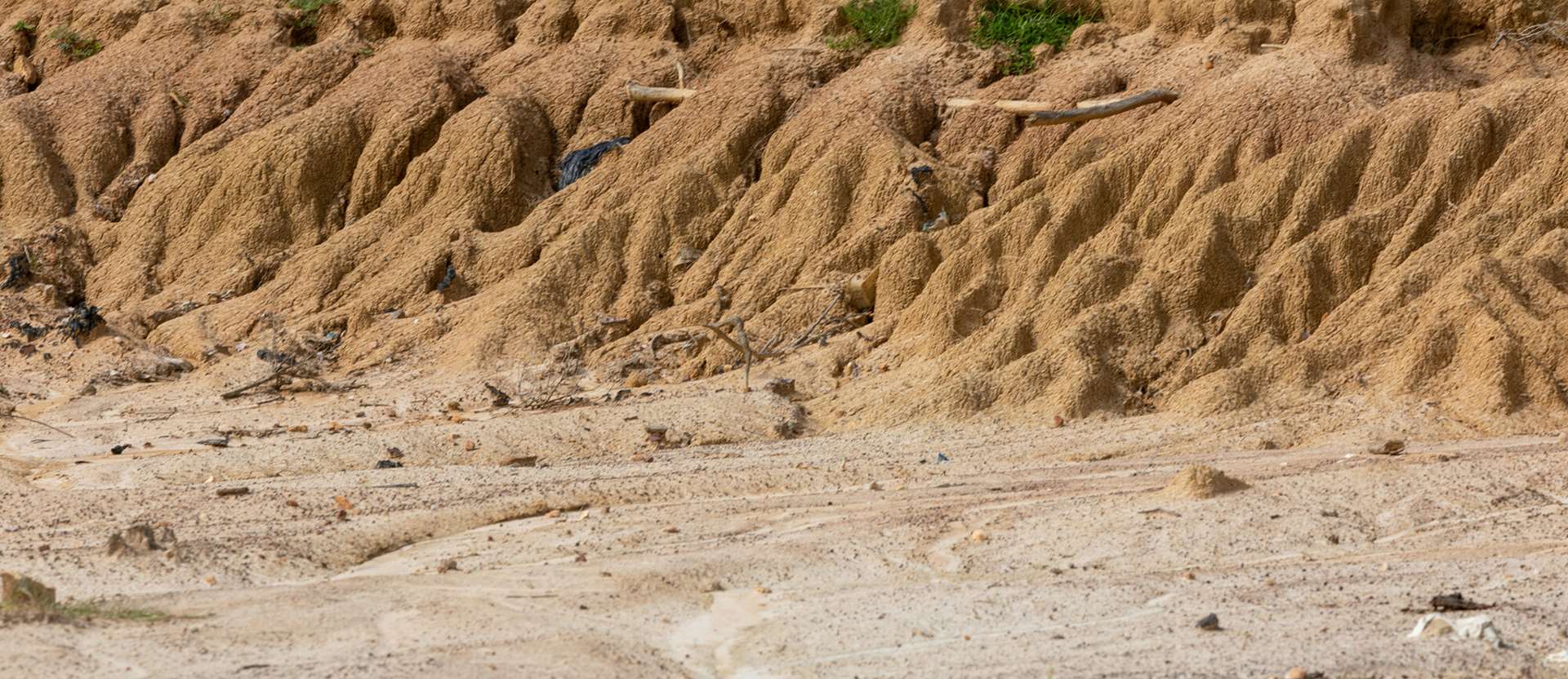
Holding back the desert At COP15
Learn about COP15, a pivotal moment for Africa's drylands 04th May 2022A pivotal moment for the drylands of the Sahel
Last week, the UN’s Global Land Outlook report made the staggering announcement that 40% of the Earth's land is now degraded. In short, this means that almost half of all soils on our planet are becoming unproductive, unliveable and unliving.
The upcoming COP15 Desertification summit in Abidjan, Ivory Coast, provides an opportunity for world leaders, NGOs, and communities. Together, they must champion and implement solutions to address this critical issue of land degradation and desertification.
In this blog, we'll cover:
- What COP15 is, and how it differs to other COP summits, like COP26
- What land degradation and desertification mean
- Why desertification is an important issue for Tree Aid
- Why COP15 must empower communities on the frontlines of desertification
- And how we think it should be funded
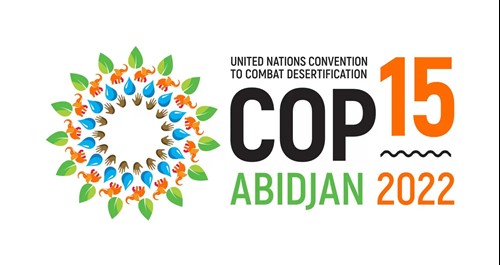
Confused About COP? Learn more about COP15:
Running from 9th- 20th May, COP15 is lesser known than the climate COPs (Conference of the Parties) such as COP26, which took place for action on the climate crisis in Glasgow last November. COP summits address a variety of key issues each year, such as the Biodiversity COP (also confusingly called COP15), which was held in Kunming, China this April.
Who is hosting COP15?
Abidjan’s COP15 will be hosted by the United Nations Convention to Combat Desertification (UNCCD). Working alongside governments, communities, NGOs, scientists and farmers, UNCCD acts as a global voice for the land, promoting practices to reduce and reverse land degradation.
“Conserving, restoring, and using our land resources sustainably is a global imperative, one that requires action on a crisis footing”
– Ibrahim Thiaw, UNCCD Executive Secretary
A COP for Africa:
This African COP is a really important moment for the people of the Sahel. Though the UNCCD work internationally, tackling this issue is key for Africa, where over 700,000,000 hectares of forest landscapes are already degraded.
Are Tree Aid involved?
A selection of Tree Aid’s international staff will be attending the conference for the first time this May. Amongst them our Burkinabe Director of Programmes Georges Bazongo, our CEO Tom Skirrow , Tree Aid’s Forest Governance Specialist Alexis Sompougdou, and our Policy & Advocacy Advisor, Annie Schultz.
What Is Land Degradation?
The effects of the climate crisis, overuse of the land, and deforestation are leading to a rapid process of land turning to desert – known as desertification.
Without trees to stabilise the soil and store water, soils become vulnerable to erosion in both rainy and dry conditions – blowing away in the wind or being carried into rivers during flash flooding.
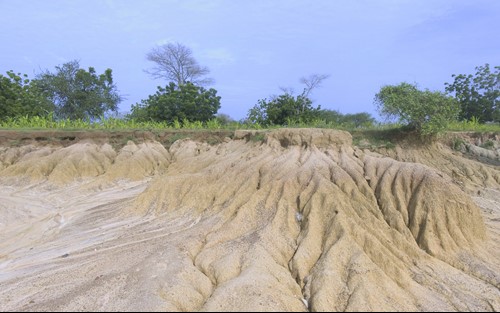
Why does desertification matter to Tree Aid?
In the arid Sahel region where Tree Aid have worked since the 1980s, temperatures are rising by almost twice the global average. This is making the land here particularly vulnerable to climate shocks.
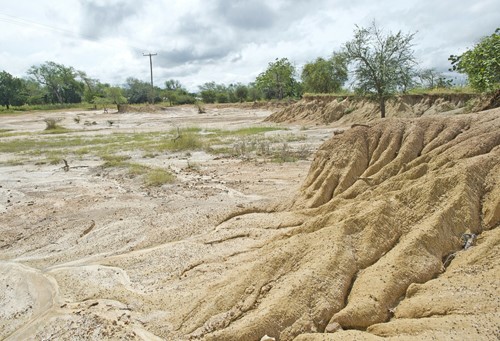
Long periods of drought, followed by flash-flooding is destroying fertile topsoil, making life harder for the communities who rely on the land. In addition, the impact of poverty in the Sahel is driving deforestation, which exacerbates the issue.
"The main reason that we were displaced from our village 15 years ago... is because of the degradation of land mainly caused by deforestation. You will not see these villages after ten years unless well-organised tree and forest protection is continued"
- Getamoges Zemenu
Restoring forests and growing trees offers a solution… but trees cannot thrive without healthy land and people. They form part of a bigger picture of healthy landscapes; we must also address the underlying causes of land degradation to ensure that trees survive and benefit the communities where they grow.
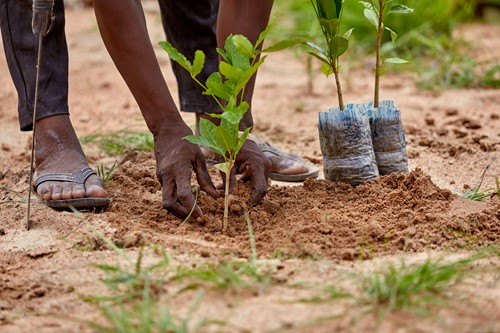
Empowering communities:
“Every single farmer, big & small, can practise regenerative agriculture... you don’t need hi-tech or a PhD to use them”
- Ibrahim Thiaw, UNCCD
As an organisation which works closely with dryland communities, Tree Aid want to see COP15 delegates embrace community-led and nature-based solutions to desertification. Working alongside communities is an important part of this process, making sure local experts have the tools, training and finance required to restore their land in a way which works for them.
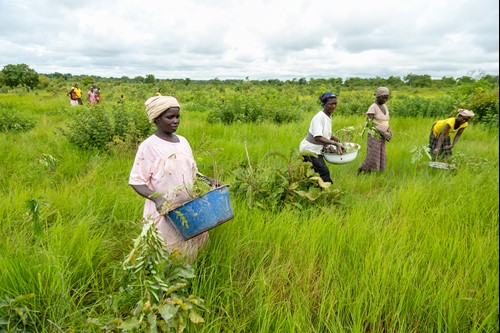
The recent Global Land Outlook report stressed the importance of community involvement when tackling land degradation. Smallholder farmers, women and indigenous peoples are disproportionately affected by desertification, but when land restoration projects are led by these communities, they can create sustainable livelihood opportunities, boosting incomes and securing food supplies.
“As proven land stewards, indigenous peoples and local communities will be vital to the success of the global land restoration agenda, but only if their rights are recognized and they are involved in the management of protected areas”
- Global Land Outlook Report, 2022
Bridging the gap – ensuring funding reaches the right people
The Global Land Outlook report has shown that returns on investment in restoration projects far exceed the costs. For every dollar invested in restoration activities, the report found a return of $7-30 return in economic benefits!
At Tree Aid, we believe that putting the power into community is the only way to achieve the scale of change these restoration projects require. Such projects work best when they are community-led, enabled by “civil society organisations” (like charities and NGOs) or local “ecopreneurs”, rather than ‘trickle-down’ government-led schemes.
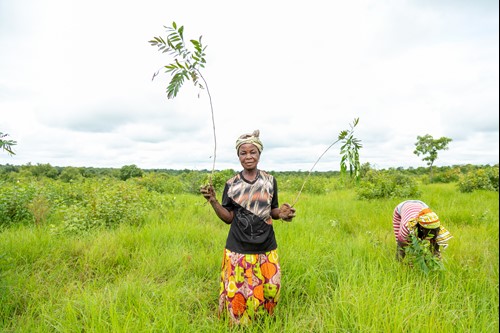
COP15 must set its sights on securing funding commitments from international donors can bridge the gap and reach those delivering vital restoration work on the ground. At the summit, we’ll be raising awareness of the impact that organisations like Tree Aid can have when given the right backing.
The Great Green Wall will also be an important focal point. As Africa’s flagship land restoration project, we hope COP15 helps to secure the funding for this project to really take off. The African-led initiative envisages an 8,000km mosaic of restored land across the Sahel that will transform the lives of millions living on the frontline of desertification...






